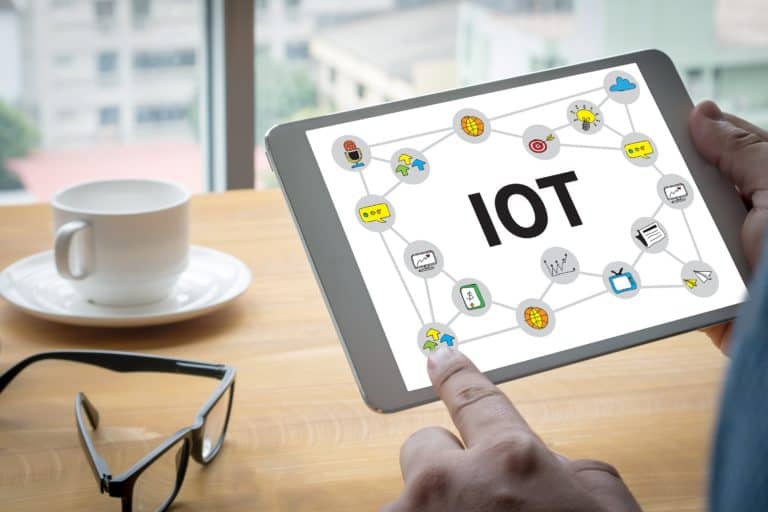Akamai has focused on the Internet of Things (IoT) market with a new service called IoT Edge Connect. IoT Edge Connect is a service aimed at connecting IoT endpoints and applications. This means that the company’s network – which brings content and media closer to customers to reduce latency – can be used for IoT data.
Edge Connect is part of Akamai’s Edge Cloud, writes ZDNet. Edge Cloud is designed to enable enterprises to deliver data and applications to scale. Networking tools such as 5G are expected to enable more IoT data with less latency.
IoT Edge Connect must provide a secure framework as well as support for in-application messaging such as Message Queuing Telemetry Transport (MQTT). MQTT is designed for devices with limited resources to send and publish information to a server.
IoT Edge Connect includes an architecture that supports hundreds of millions of endpoints. According to Akamai, the architecture is designed to reduce battery discharge and to optimize data, speed and volume. It also contains an all-in-one data stream, a distributed database and a key value store. The service enables joint authentication between connected endpoints, and provides MQTT and a cloud broker for large cloud providers.
Growth market
Akamai does not have IoT as its main market. Its core markets are media and content, as well as security. However, IoT can become a growth market for the company.
Within its core market, Akamai acquired identity management company Janrain in January this year. The Janrain Identity Cloud cloud-based solution provides customers with tools to process account registrations and logins. Janrain also offers a cloud-based portal for organizing profile data of users of online services.
The Janrain Identity Cloud must be integrated into Akamai’s Intelligent Edge Platform. As a result, users of the security platform receive improved identity management and threat intelligence, for example via the Bot Manager solution. It is unclear how much money was paid at the time of the takeover.
This news article was automatically translated from Dutch to give Techzine.eu a head start. All news articles after September 1, 2019 are written in native English and NOT translated. All our background stories are written in native English as well. For more information read our launch article.